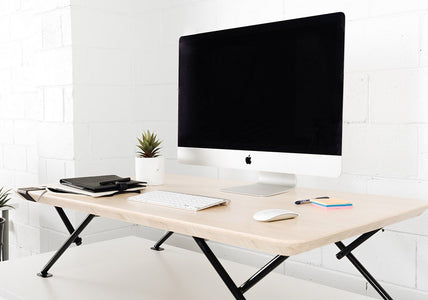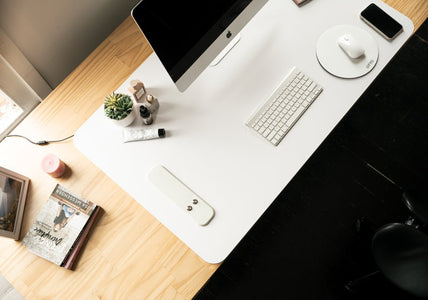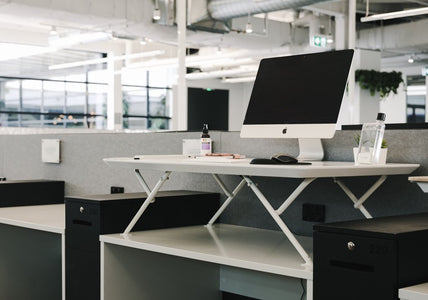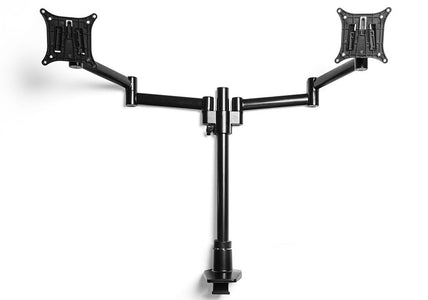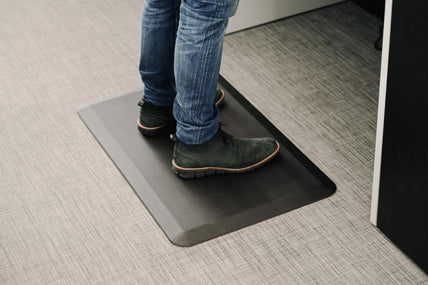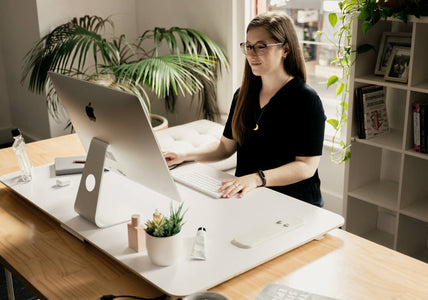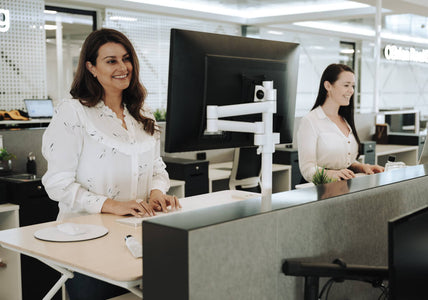The Low Down On Lower Back Pain – 3 Ways To Alleviate It
By Daniel Angelini on June 06, 2019Do you experience lower back pain?
If so, you’re one in six of Australian adults that suffer from this chronic condition, and the numbers are rising (1)! Especially in young people where it’s becoming even more common, as we’re leading a more sedentary lifestyle due to advances in technology; everything being available at the touch of a button.
The annual cost of back pain in Australia has been reported to be $9.2 Billion dollars per year!
When we are sedentary for prolonged periods of time, with most of us sitting for the predominant part of our day, it puts a significant amount of pressure on our lumbar spine, compressing it 40% more than when we are standing, and if we are leaning forward while sitting, up to 90%. So reducing our sitting time is really important to address lower back pain.
Lower back pain, commonly caused by lumbar intervertebral disc degeneration, is the leading cause of disability in the modern world, and has an enormous social impact on patients and their families; particularly when it comes to expensive medical costs and loss of work hours.

Our bodies haven’t been designed to sit all day, and they thrive with movement and standing upright.
It’s only recently in this period of humanity that we’ve shifted from mainly physical jobs to sedentary jobs. Physical inactivity is the 4th risk factor cause for death globally and at it’s possible that we have not yet realized the potential for dire future consequences.
“We are designed to be active people. Humans developed to walk and move on two limbs standing upright; many don’t realize just how unnatural sitting is” - Dr David Oehme Neurosurgeon and Spine Surgeon
Despite these alarming statistics, there are ways you can be proactive to prevent and overcome lower back pain.
1) Change your posture regularly. Osteopathy Australia recommends moving or changing your posture every 20 – 40 mins for optimal health. This could be taking movement breaks to walk around the office, getting up to speak to a colleague rather than sending an email, marching on the spot while you talk on the phone, or standing when you are commuting on the train.
2) Transitioning to a stand-up desk while you work has a significant impact on improving your posture, muscle tone, and even elevate your mood; while simultaneously lowering your risk of developing disease.
3) Yoga is one of the leading exercises to improve the condition of your spine and the supporting core muscles. When practicing the postures, you’re moving your spine in all directions creating flexibility and strength.

It’s never too late to create change, and a strong and flexible spine is a panacea for good health.
Small changes can make a large impact to your overall wellbeing, and every little effort of movement contributes to reversing the negative effects.
When you can move with freedom and without pain, it enhances every aspect of life.
To learn more tips to look after your spinal health read ‘The Sitting Epidemic’ by Daniel Angelini. Available at http://sittingepidemic.com/
Reference:
1) Australian Institute of Health and Welfare, 2016, ‘AIHW 2016. Impacts of chronic back problems’, AIHW bulletin no. 137, cat. no. AUS 204.
<http://www.aihw.gov.au/WorkArea/DownloadAsset.aspx?id=60129556199>

